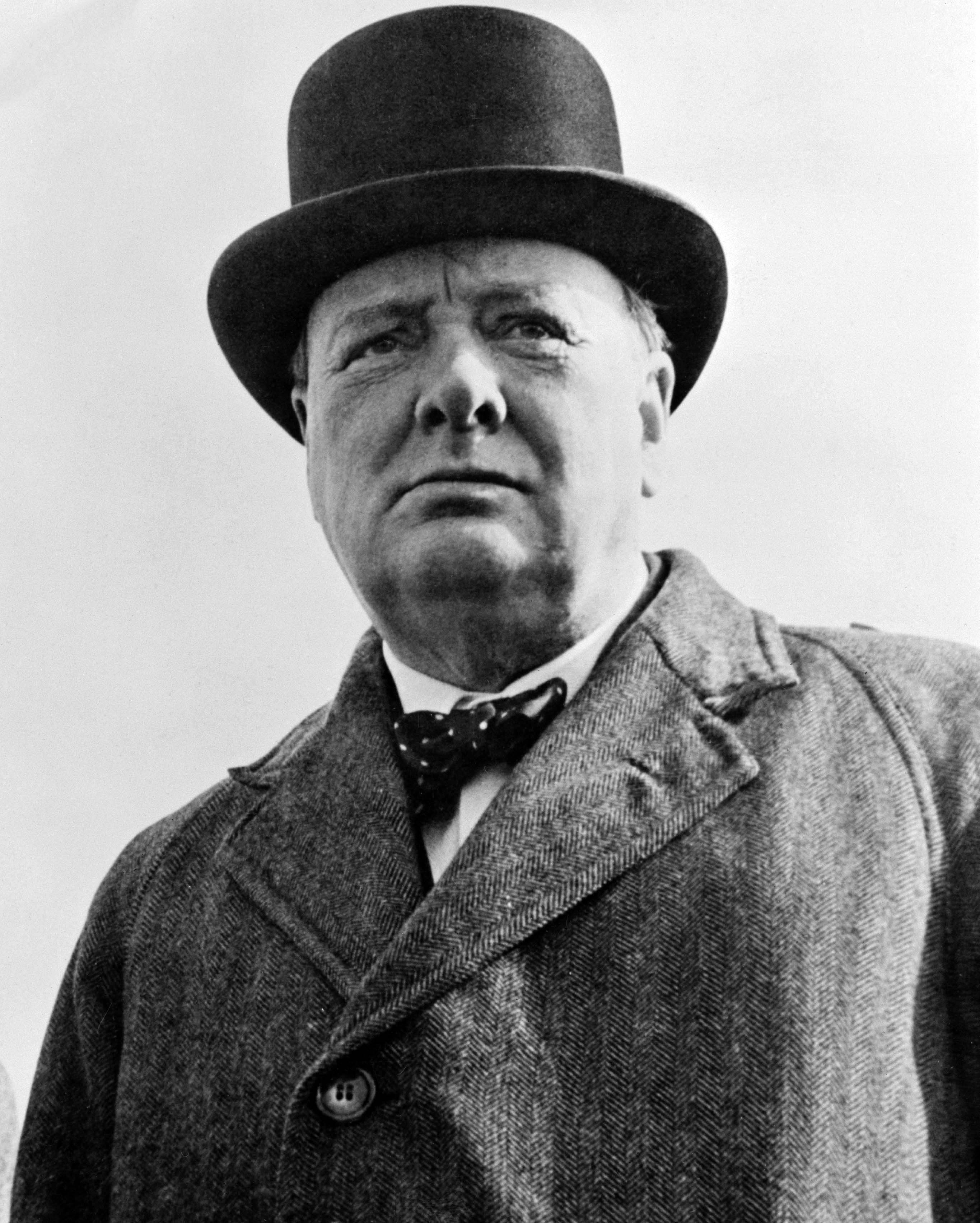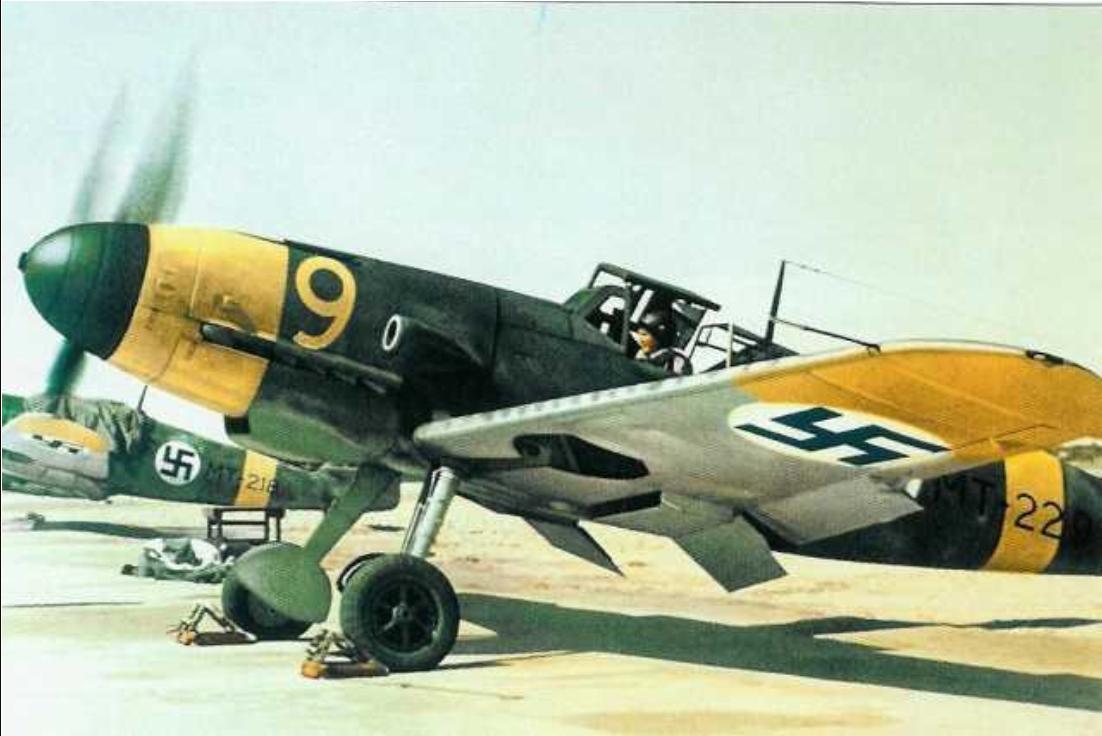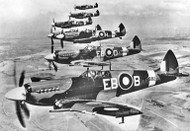Aviation History: The Battle of Britain
By on Dec 28th 2016
In the middle part of the year 1940, the largest sustained bombing campaign to that date took place over the United Kingdom. It is considered as the first all-air battle in history: The Battle of Britain.

A Brief History
Great Britain and Germany fought in the air over England from July through October of 1940. After defeating France, The United Kingdom was the only German enemy left to overcome. Germany tried, unsuccessfully, to get Britain to surrender without a fight, but they refused. So, Germany planned to attack.
Germany began with air raids, focusing on radar stations and airfields in England's south. They had planned on attacking by both land and sea in a campaign known as -Operation Sea Lion,- but weather conditions left them with no option but to attack only by air.
In the beginning stages of the battle, a German plane dropped bombs just outside of London. Some believe this to have been an accident, but it did lead to Britain bombing Berlin in response.
These bombings were a major turning point in the war. They led to a shift in Germany's attacks and prompted Adolf Hitler to instruct Germany to bomb Britain's cities instead of their airfields. These attacks marked the beginning of what has become known as -The Blitz,- a period of weeks of constant bombing to British cities.
A Turning Point
While The Blitz had a horrible effect on British cities, it gave the Royal Air Force time to recover its pilots and airfields. The Royal Air Force (RAF) consisted mostly of British pilots with over 500 pilots from Poland, New Zealand, Canada, Czechoslovakia, Ireland, Australia, Belgian, South Africa, France, America, Southern Rhodesia, Jamaica, and Mandatory Palestine. The RAF conducted a defensive attack, taking down around 60 German aircraft in mid-September This put an end to -Operation Sea Lion.- In June of the next year, Germany shifted their sights to the Soviet Union. Still, nighttime bombings continued in London through May of 1941, with casualties totaling over 40,000.
In the end, the battle was a British victory, marking Germany's first defeat since the beginning of WWII.
A Battle in the Sky
A variety of airplanes played many different roles in the Battle of Britain.
There are three aircraft that are considered to be the most famous fighters of the Battle.

The British Hawker Hurricane
Hurricanes were large and used to fight against German bomber formations. These planes are a single-seat fighter designed by Hawker Aircraft Ltd for the RAF.
Hurricanes were responsible for the most German losses (about 55%) and had a re-arm and refuel time of 9 minutes, making them extremely effective weapons.
They were the most numerous of battle planes.

The Supermarine Spitfire Mk I
These were another single-seat fighter aircraft that was designed by Supermarine and used by the RAF, as well as many other Allied countries before WWII.
Most Spitfires were purchased privately for £5,000 and the buyer had naming rights. Queen Wilhelmina of the Netherlands donated money to aid in the purchase of 43 Spitfires. They were used to fight German fighter escorts.
Spitfires had a re-arm and refuel time of 26 minutes, making them much less effective than the Hurricane, but they were faster.

The German Messerschmitt Bf 109 E variant
The Messerschmitt Bf 109 was a German fighter plane from WWII and served as the main fighter aircraft of the German air force.
Originally, they were designed to accommodate multiple roles, including interceptor and bomber escort. In the end, it became the most produced fighter plane in aircraft history, with almost 34,000 produced between 1936 and 1945.
Sources:
http://www.history.com/news/10-things-you-should-know-about-the-battle-of-britain
https://en.wikipedia.org/wiki/Battle_of_Britain
https://en.wikibooks.org/wiki/Wikijunior:World_War_II/Battle_of_Britain
https://en.wikipedia.org/wiki/Aircraft_of_the_Battle_of_Britain
https://en.wikipedia.org/wiki/Hawker_Hurricane
https://en.wikipedia.org/wiki/Supermarine_Spitfire
https://en.wikipedia.org/wiki/Messerschmitt_Bf_109







